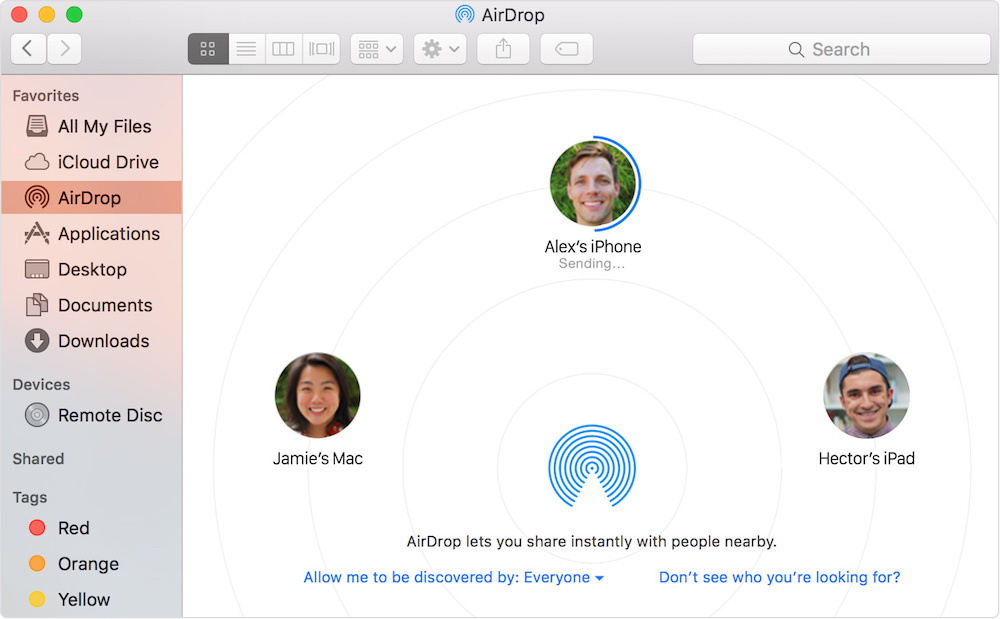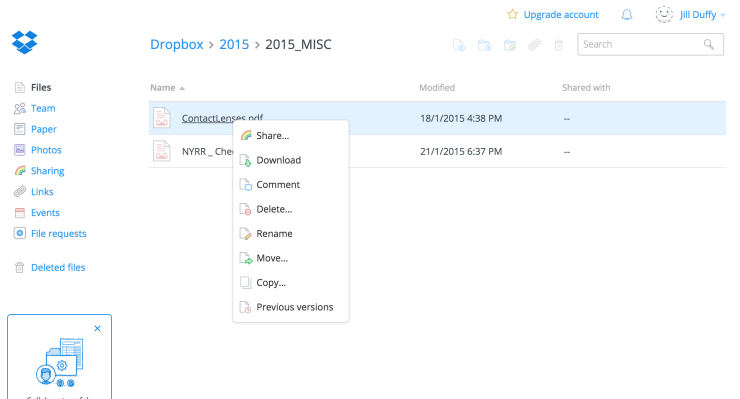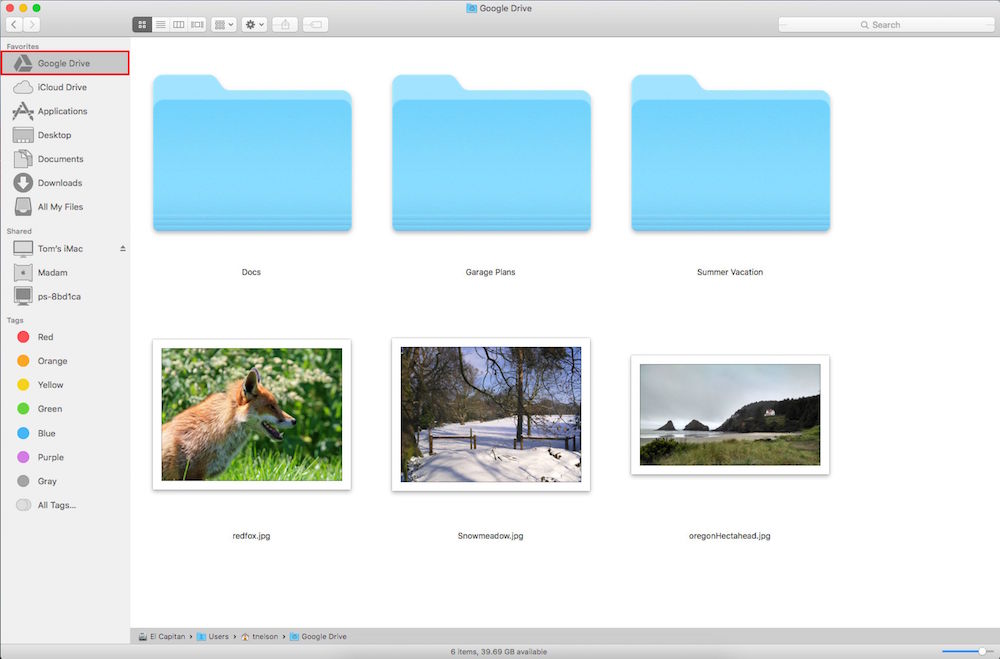3 Easy Ways to Send Large Files

Image via Apple
Toggle Dark Mode
Sharing files between devices is easier, and more necessary, than ever. Much of the time, we can share a quick photo via a text message, or a short video clip via email. Sometimes, however, we want to share a larger file – say, high-resolution photo gallery or a five-minute long video – in such instances, text messages and emails just won’t cut it. Here are three quick, easy, and free ways to share large files or folders between two devices.
AirDrop

What is AirDrop? AirDrop is a quick and easy way to transfer photos, videos, music, or other files (as well as websites, locations, and more) between your Mac, iPhone, iPad, and iPod Touch. AirDrop, which connects two nearby devices via Bluetooth, and transfers files via Wi-Fi, is quick, easy, and secured via TLS encryption. The only downside to using AirDrop, however, is that both devices must be in close enough proximity to one another to establish a Bluetooth connection, so no sharing files to friends across the country.
Learn More: How to Use AirDrop on Mac / How to Use AirDrop on iPad and iPhone
Dropbox

If you’re prone to sending large files a bit more often, popular cloud storage service Dropbox may be a solid option for you. Dropbox is widely used, reliable, and easy to navigate. Signing up for a Dropbox account is free, and the service works seamlessly between platforms – even mobile platforms. However, one of the things that makes sharing files via Dropbox so great is the fact that the person to whom you are sharing a file with doesn’t even need a Dropbox account – they can download directly from a link that you send them. Dropbox’s free tier only allows 2GB of storage, although there are a variety of ways that users can “earn” more space for free – referring friends to Dropbox, for example.
Google Drive

You may be concerned that Google is taking over the world, and/or that they have way too much information on you. Well, if you’re looking for ease of use, Google is hard to beat. It’s a safe bet that nearly everyone you know has a Gmail account – a fairly easy way to share reasonably-sized files in itself. However, Gmail has a file size limit of 25MB, and trying to send a file larger than that will result in an error. The good news is, Gmail users automatically get access to 15GB of storage via Google Drive for free. Users can also share files and folders up to 10GB in size with other Google Drive users, and it’s highly unlikely that users are sharing files over 10GB in size, anyway. The only downside that comes with sharing files via Google Drive is that the recipient of the file must also be a Google Drive user.






